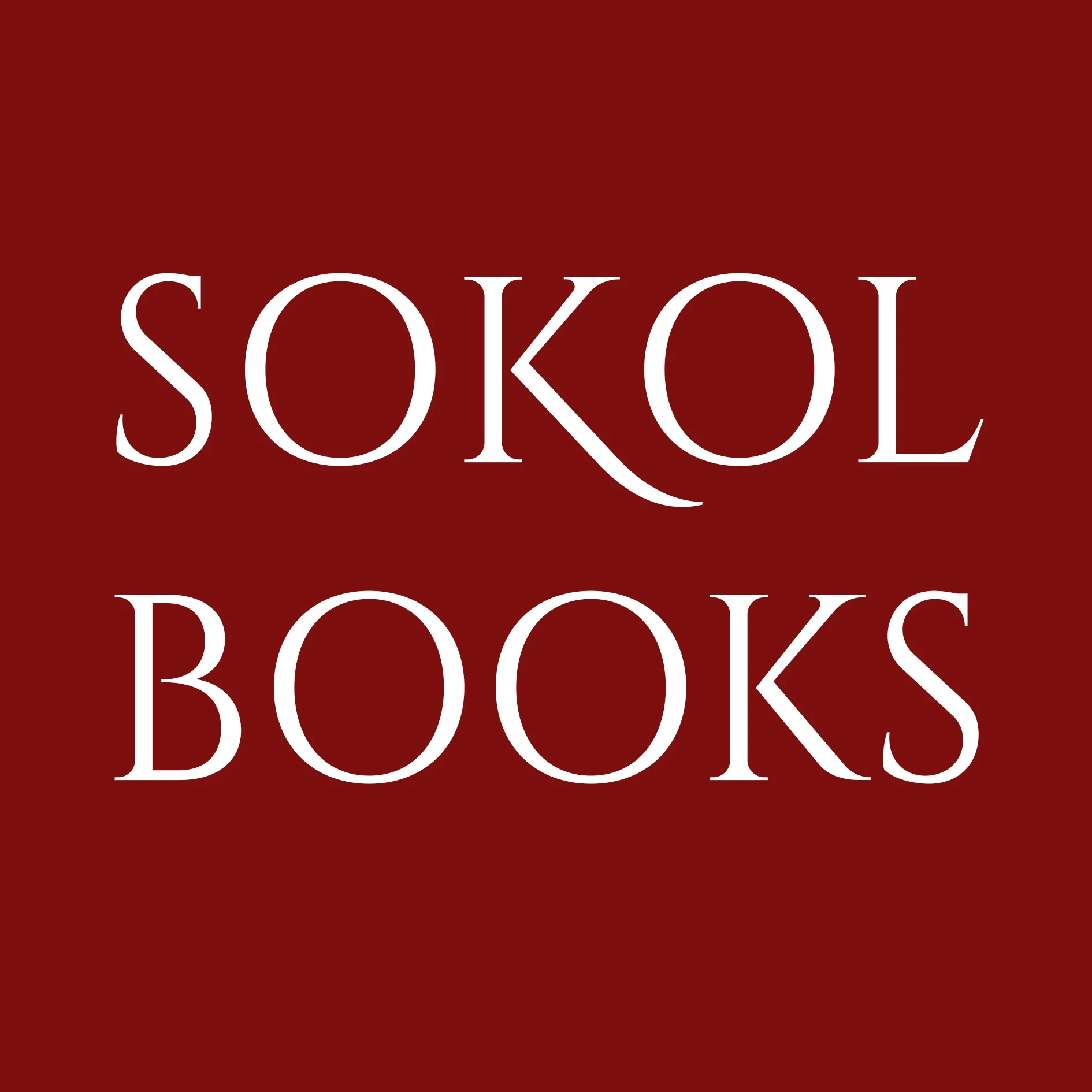PEREZ, Ignacio.
SCARCE WRITING MANUAL – EXTRA-ILLUSTRATED
Arte de escrevir.
Madrid, en la Imprenta Real, 1599£29,500.00
FIRST EDITION. Oblong 8vo. ff. [4], 5-15, [16], 17-76 (with repetitions), [5], [par]4, B-D4 (D4 blank), 1 woodcut folding plate, E4 (+ extra E3), F4 (+ extra F2), G6 (+ extra G1, G4), H4 (+ extra H1), I-K4, L4 (+ extra L1, L2, L3), M4, N4 (+ extra N1, N4), O-T4, [*]5. Woodcut title vignette, woodcut author’s portrait to verso, ff.17-76 and plate with woodcut calligraphic samples within decorated woodcut border, the last dozen printed white on black, decorated initials and ornaments. Extra 11 ll. slightly shorter, on thinner paper, from second ed. (1599), with identical text, page no. and signature, but different border. Some upper and lower margins trimmed short, occasionally affecting page no. or signature, occasional light marginal soiling, expert repair and ink retouching to woodcut border of folding plate. A good copy in blind-tooled modern calf, marbled eps, a.e.r., calligraphic initials and C18 ‘Assensio M.’ and ‘N y G’ to title, the odd marginal ms word or pen trial, in slip case.
A remarkable, extra-illustrated copy of the first edition, the additional leaves from the second, of this important and rare Spanish calligraphic manual. The first 16 ll. comprise the text and the remainder a collection of elegant calligraphic plates illustrating the principal letter forms then current, such as Redonda, Bastarda (and both combined), Francesa, Grisa, ‘De Libris’ and Antiquo. The autograph on the title may be that of the Spanish calligrapher Francisco Asensio y Mejorada (1725-94), who produced numerous engravings for calligraphic manuals, as well as working in the Real Biblioteca.
We know little of Ignacio Perez (1574-1609), except that he learnt from his father, Juan, also a calligrapher, and worked in Madrid as an examiner of master-calligraphers. ‘Arte de escrevir’ was his great work. It begins with an introduction on the nature of calligraphy, the proportion and shape of the letters, techniques for preparing and holding the pen, paper and ink. A table at the end summarises the main multiplications required for the proportion of letters and Roman numbers, and (from the second ed.) a table providing basic rules for the multiplication of ‘reales’ and ‘maravedis’. The various woodcut tables, often signed and/or dated, reproduce dozens of texts exemplifying the most common handwriting styles, especially variations on Bastarda, ‘in which lies his great merit, after the style of Francisco Lucas’ (Cotarelo, II, p.165): e.g., Bastardilla, Redonda y Bastarda, as well French letter, Redondilla Pequeña Asentada, Antigua Romanilla, Lettera Grifa, Letra Latina, etc., the last few being printed white on black. A charming writing manual, uniquely extra-illustrated, and one of the earliest produced in Spain.
This copy includes all the plates attributed to the first ed. by Cotarelo y Mori. However, some are repeated, on different paper and with variations in page number and different woodcut borders.
Only BNE, Harvard, BL and Newberry copies recorded.
Iberian Books 14548; USTC 337903; San Román, Madrileña, no. 873; Palau y Dulcet (2nd ed.) 219273; Cotarelo y Mori, Calígrafos españoles, II, p. 165-169.In stock









